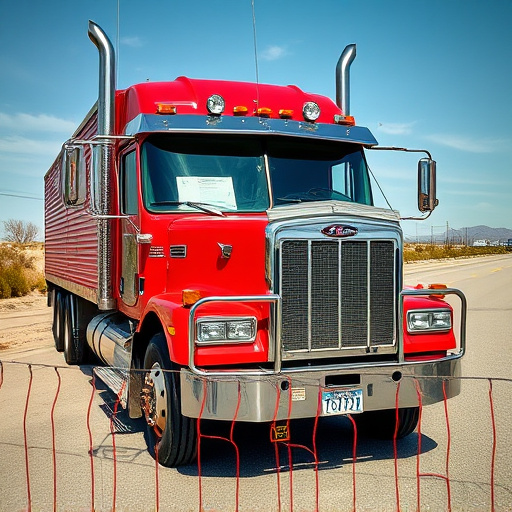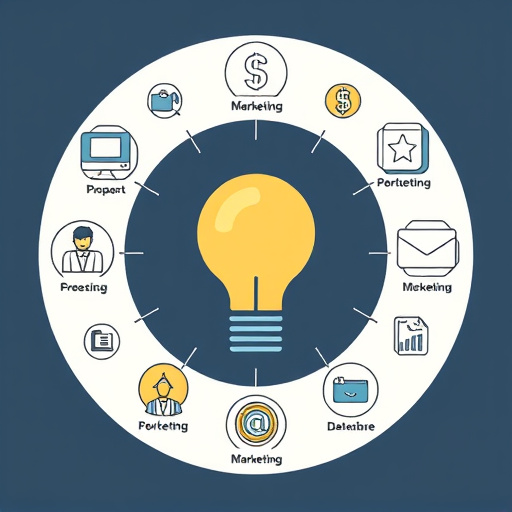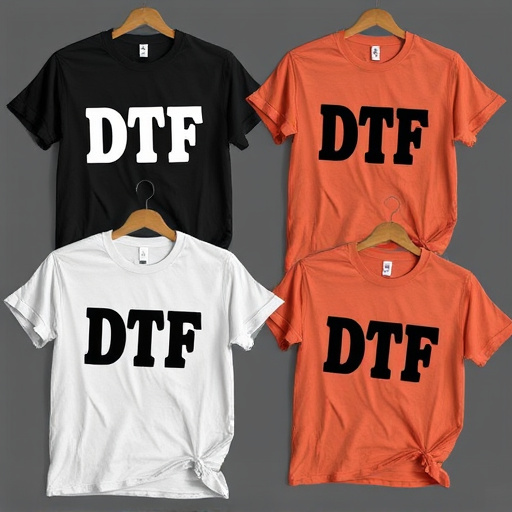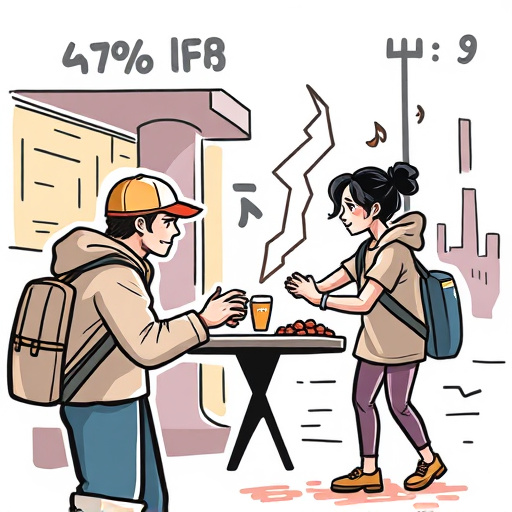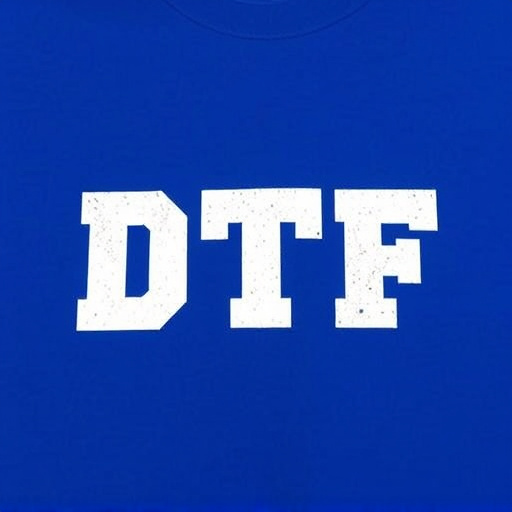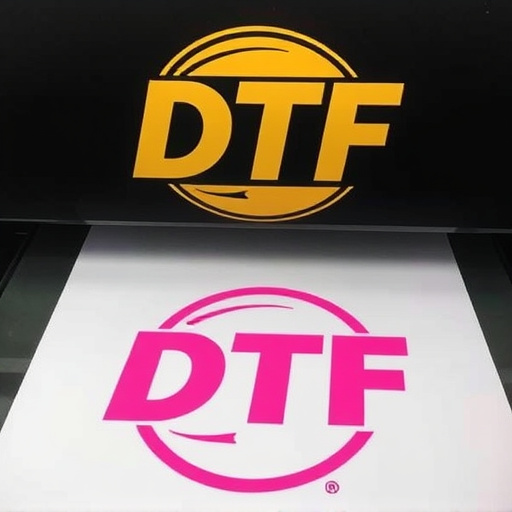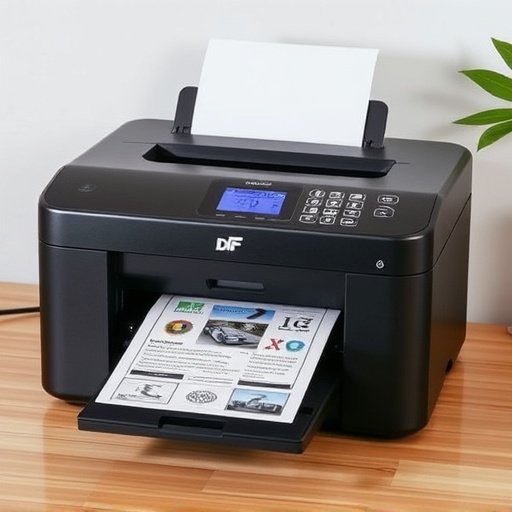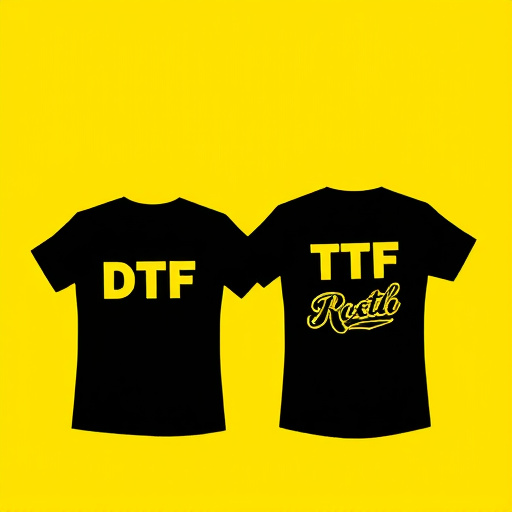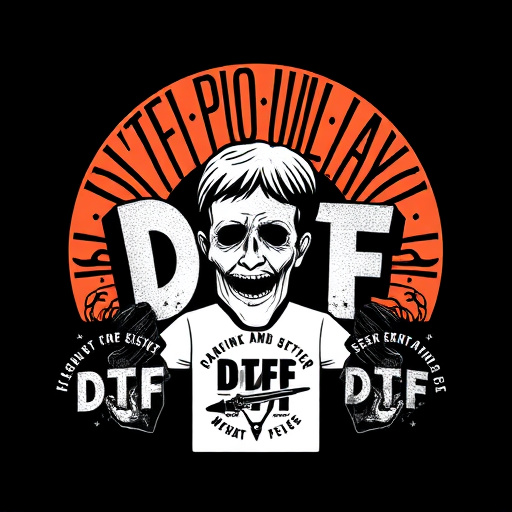DTF (Direct to Fabric) Printing Equipment offers a versatile, efficient method for creating vibrant designs on various materials like textiles, ceramics, and wood. Choosing the right printer involves understanding different types, from desktop models to industrial units, considering fabric types, durability (e.g., UV transfers), and print quality goals. Key factors include versatility, ease of use, customization options, online ordering systems, reliability, and manufacturer support.
Looking to dive into the world of DTF (Direct-to-Fabric) printing? This comprehensive guide is your starting point. Discover which DTF printing equipment aligns best with your needs, from understanding the various types and applications to evaluating solutions based on key factors. We’ll walk you through everything you need to know to make an informed decision, ensuring you select the perfect DTF printer for your specific requirements.
- Understanding DTF Printing Equipment: Types and Applications
- Key Factors to Consider When Choosing Your DTF Printer
- A Comprehensive Guide to Evaluating DTF Printing Solutions
Understanding DTF Printing Equipment: Types and Applications

DTF (Direct to Fabric) Printing Equipment is a versatile and efficient method for creating vibrant designs on a variety of materials. Understanding the different types of DTF printers and their applications is crucial in selecting the right equipment for your needs. These machines range from small, desktop models suitable for hobbyists and small businesses, to larger industrial units capable of handling high-volume production runs.
The key advantage of DTF printing lies in its ability to produce high-quality dtf design transfers, allowing for intricate and detailed vibrant designs on textiles, ceramics, wood, and other surfaces. Whether you’re a graphic designer looking to expand your services, an entrepreneur aiming to customize products, or an artist exploring new mediums, the right DTF printing equipment can significantly enhance your creative capabilities and business potential.
Key Factors to Consider When Choosing Your DTF Printer

When selecting your DTF (Direct to Fabric) printer, several key factors come into play, ensuring you make an informed choice for your printing needs. Firstly, consider the type of fabrics you intend to print on; different printers excel in handling various material types, from cotton and polyester to more specialized fabrics. Understanding your fabric options will help narrow down compatible DTF transfer printing solutions.
Additionally, durability is a significant concern when it comes to DTF transfers. UV dtf transfers, for instance, offer superior longevity due to their ability to withstand washing and wear. The printing equipment’s technology, ink quality, and the finish of the final print all contribute to the overall durability. Choosing a printer that aligns with your desired print quality and end-use applications will guarantee long-lasting results, be it for apparel, home decor, or other textile products.
A Comprehensive Guide to Evaluating DTF Printing Solutions

Choosing the right DTF printing equipment is a meticulous process that requires evaluating various factors to ensure it aligns with your business needs and goals. This comprehensive guide will walk you through essential aspects to help you make an informed decision when selecting a DTF printing solution.
First, consider the versatility of the equipment. Look for machines that offer multi-purpose functionality, allowing you to print on diverse materials like fabrics, plastics, and metals. Additionally, assess the ease of use and setup time. User-friendly interfaces and quick installation processes can save time and reduce operational costs. Another crucial factor is customization options. The ability to upload your own gang sheet ensures you can meet unique design requirements for DTF custom apparel or other products. Streamlined online ordering systems are also beneficial, enabling efficient management of orders, inventory, and production workflows. Lastly, consider the overall reliability and support offered by the manufacturer or supplier, as this will play a significant role in maintaining smooth operations over time.
When selecting your ideal DTF printing equipment, it’s crucial to balance your specific application needs with the printer’s capabilities. By evaluating factors like print quality, speed, material compatibility, and cost-effectiveness, you can make an informed decision that drives your business success. Remember, the right DTF printer is a game-changer, enabling you to produce vibrant, high-quality prints efficiently and profitably.






